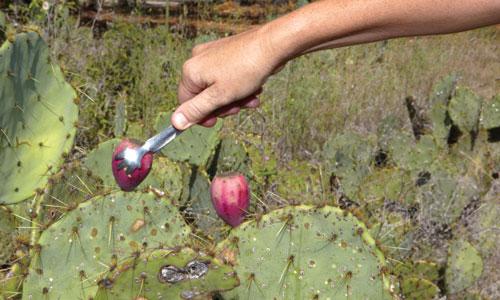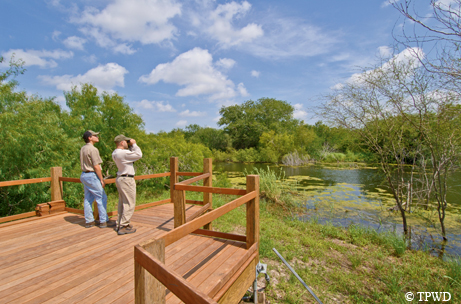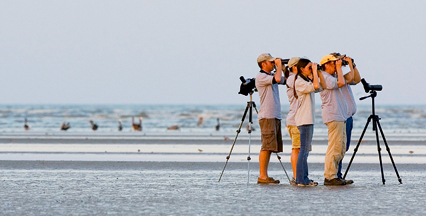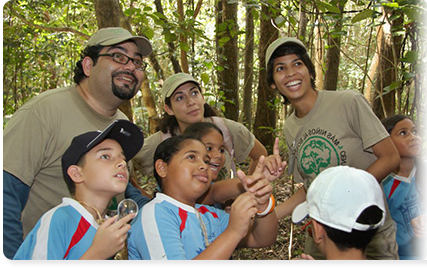Foraging: The Wild Harvest
Wednesday, July 17th, 2013This is Passport to Texas
Before grocery stores, humans acquired their sustenance directly from nature. Hunting was part of that culture.
09— The other side of the culture, which is very ancient, is the gathering side. So, I wanted to do something about gathering and just let people know what’s out there for the taking.
Dyanne Cortez calls herself a gatherer.
14— I started gathering when I was about 19, when I discovered wild mustang grapes. To me, it’s like this stuff is out there, and it’s almost an insult to Mother Nature if I don’t go make use of it.
She wrote an article for the August/September issue of Texas Parks and Wildlife magazine about gathering and using wild Texas fruit.
30—Well, the article focuses on persimmons, plums; we also cover prickly pears, agarita berries, and wild grapes. And dewberries – which are the wild blackberries that are found in odd little places. We talk about where to find them, how to harvest them, the best season to harvest, and how to clean and prepare them. And then we’re going to have a web extra that has recipes to get people started.
The dos and don’ts of gathering wild fruit tomorrow; Dyanne Cortez’ article is in the August / September issue of Texas Parks and Wildlife Magazine.
For Texas Parks and Wildlife…I’m Cecilia Nasti.







 Passport to Texas is a
Passport to Texas is a  Passport to Texas is made available by:
Passport to Texas is made available by: